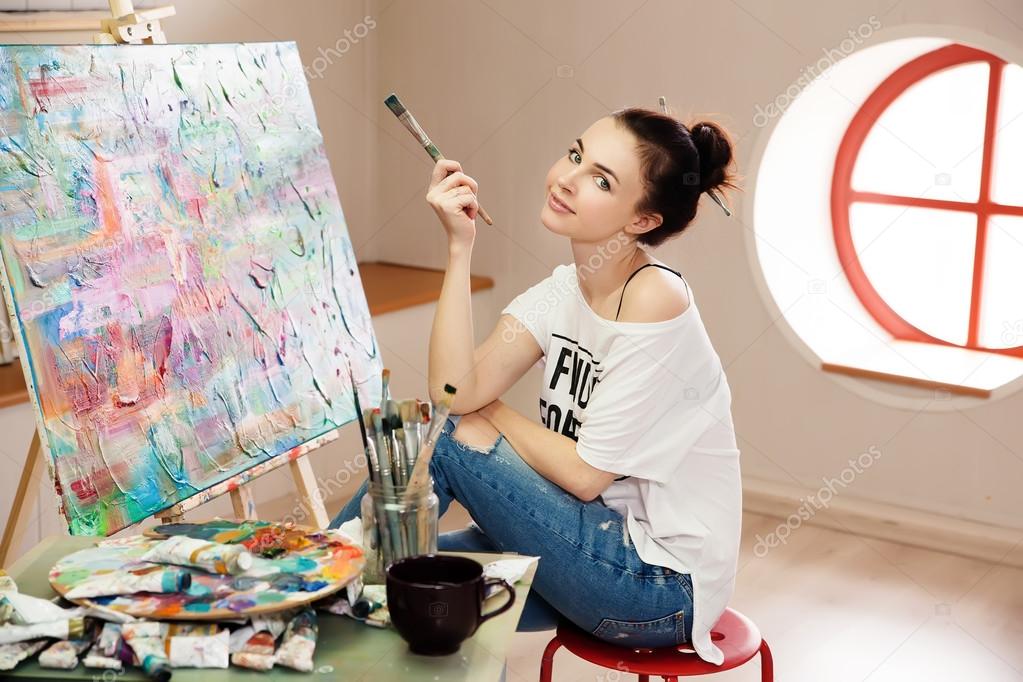How to Improve as a Photo-Based Painter with Creativity
Whether you're a seasoned professional photographer or just starting out in the realm of photo-based painting, the question of how to improve as a photo-based painter might often cross your mind. As the art form gains traction, integrating photography with creative painting techniques can lead to a unique and deeply personal style of artwork. Harnessing the skills of both photography and painting requires more than technical proficiency; it calls for an infusion of creativity and innovation.
A photo-based painter leverages photographic references to inspire and guide the painting process, resulting in each piece being a harmonious blend of realistic detail and artistic expression. For professional photographers looking to delve deeper into this art form, understanding the nuances of both disciplines is key to enhancing your craft. This article aims to provide you with strategies and insights to boost your skills as a photo-based painter, further bridging the gap between your photos and your innovative vision.

Nurturing Artistic Vision
The cornerstone of becoming a successful photo-based painter lies in nurturing your artistic vision. While having a keen photographic eye is essential, transforming a photo into a painting demands an added layer of artistic interpretation. Instead of merely replicating, ask yourself what elements from the photo resonate with your creative intent and how they can be enhanced or altered in the painting process.
Artistic Liberties in Photo-Based Art can be a beneficial guide to mastering this aspect. It highlights how taking creative freedom can lead to more expressive and dynamic portrayals, allowing the painter to tell a unique story through their work.
Mastering Techniques and Tools
Mastering the right techniques and tools is crucial for anyone aiming to improve as a photo-based painter. A thorough understanding of color theory, brushwork, and canvas preparation can significantly impact the final piece. Experimentation with different styles and media can also open new pathways to creativity.
You might find it useful to explore different painting methods such as layering, impasto, or glazing, which can add depth and texture to your paintings. Learn more about these techniques in our resource on Photo-Based Painting Color Theory.
Balancing Realism and Abstraction
One exciting challenge in photo-based painting is balancing realism with abstraction. Deciding how much of the photo's realism you want to retain versus how much you want to abstract can greatly influence the painting's impact. Delving into abstraction gives you freedom to express emotions and ideas that may not be apparent in the original photo.
A valuable resource to consider is Painting from Multiple Angles of One Photo, which encourages artists to reinterpret photographs from different perspectives, enhancing the abstract potential of the work.
Seeking Inspiration and Feedback
Continual growth as a photo-based painter involves actively seeking inspiration and constructive feedback. Inspiration can come from various sources, including nature, literature, and even other art forms. Frequently updating your surroundings or seeking new environments can significantly ignite your creative impulses.
Moreover, engaging with a community of fellow artists and photographers can provide valuable critiques and feedback, pushing your skills to new levels. The website is-it-cheating-to-paint-from-a-photo? offers insights into the dynamics of using photographs in paintings and can be a great starting point for conversations about ethics and quality in art.
Practicing Purposeful Consistency
Like mastering any craft, practice is indispensable. However, the key lies not just in the amount of practice but in its purpose and consistency. Set realistic goals for your artistic journey, perhaps aiming to complete a certain number of paintings per month or experimenting with new styles every few weeks. Documenting your progress can also provide motivation and tangible insight into your evolving skills.
For more methods on workflow, consider brushing up on tips from Photography to Painting Workflow, which outlines a structured approach to managing your photo-based artwork projects effectively.

FAQ Section
Q1: How can I start with photo-based painting?
A: Begin by selecting compelling photographs that inspire you and consider how you can incorporate artistic interpretation. Familiarize yourself with essential painting techniques and begin experimenting with different methods to transform your photos into art.
Q2: Are there specific software tools recommended for digital photo-based painting?
A: Yes, software like Adobe Photoshop or Corel Painter is popular among digital painters because they offer tools that mimic traditional painting while providing the efficiency of digital techniques.
Q3: How important is color theory in photo-based painting?
A: Color theory is pivotal as it helps artists make informed decisions about color relationships, ensuring that their paintings have harmony and evoke the intended emotional resonance.
Photo-based painting is a gratifying art form that beautifully marries the precision of photography with the expressive potential of painting. By blending skill development with creative exploration, professional photographers can enhance their expertise in painting and continue to impress and inspire with their nuanced works of art.

